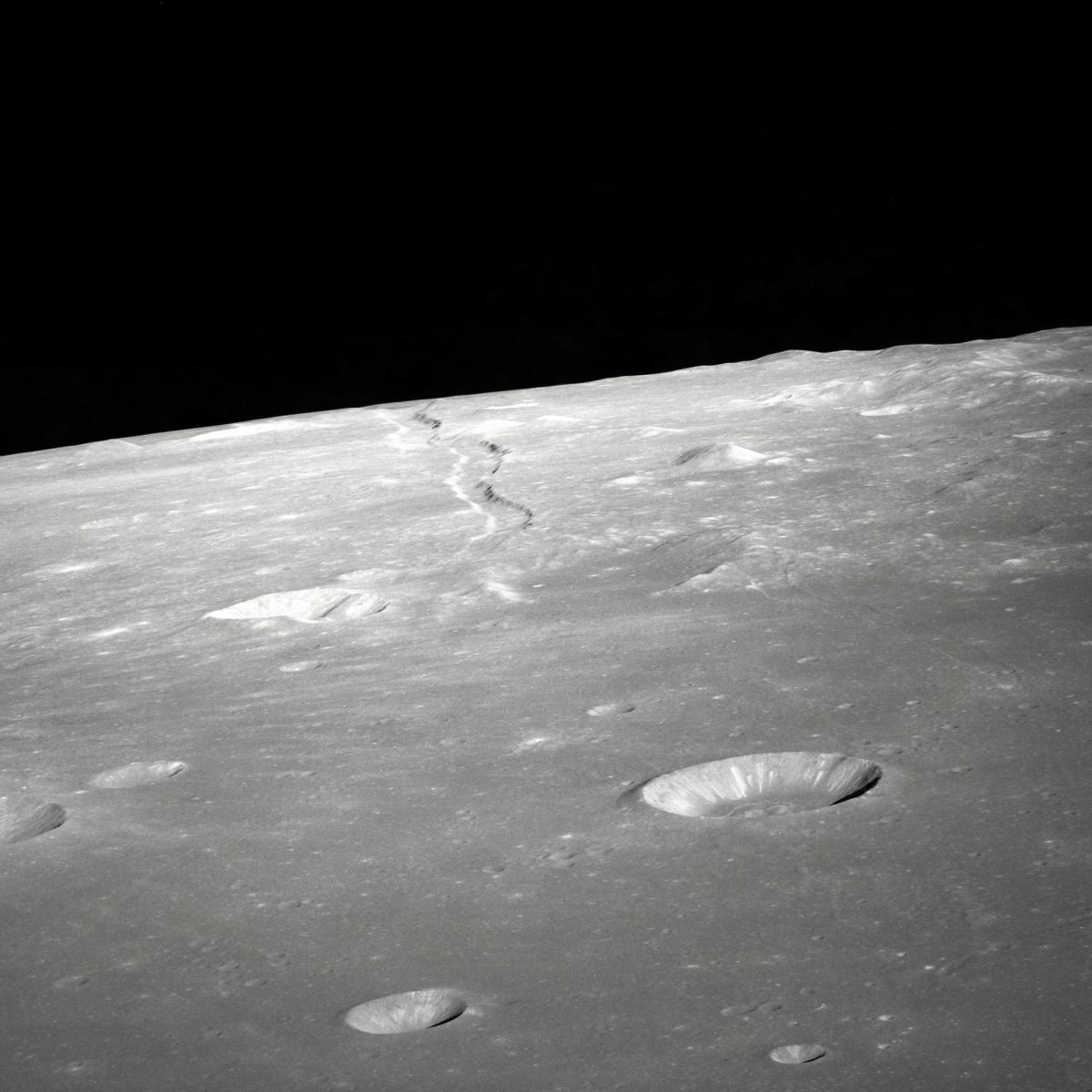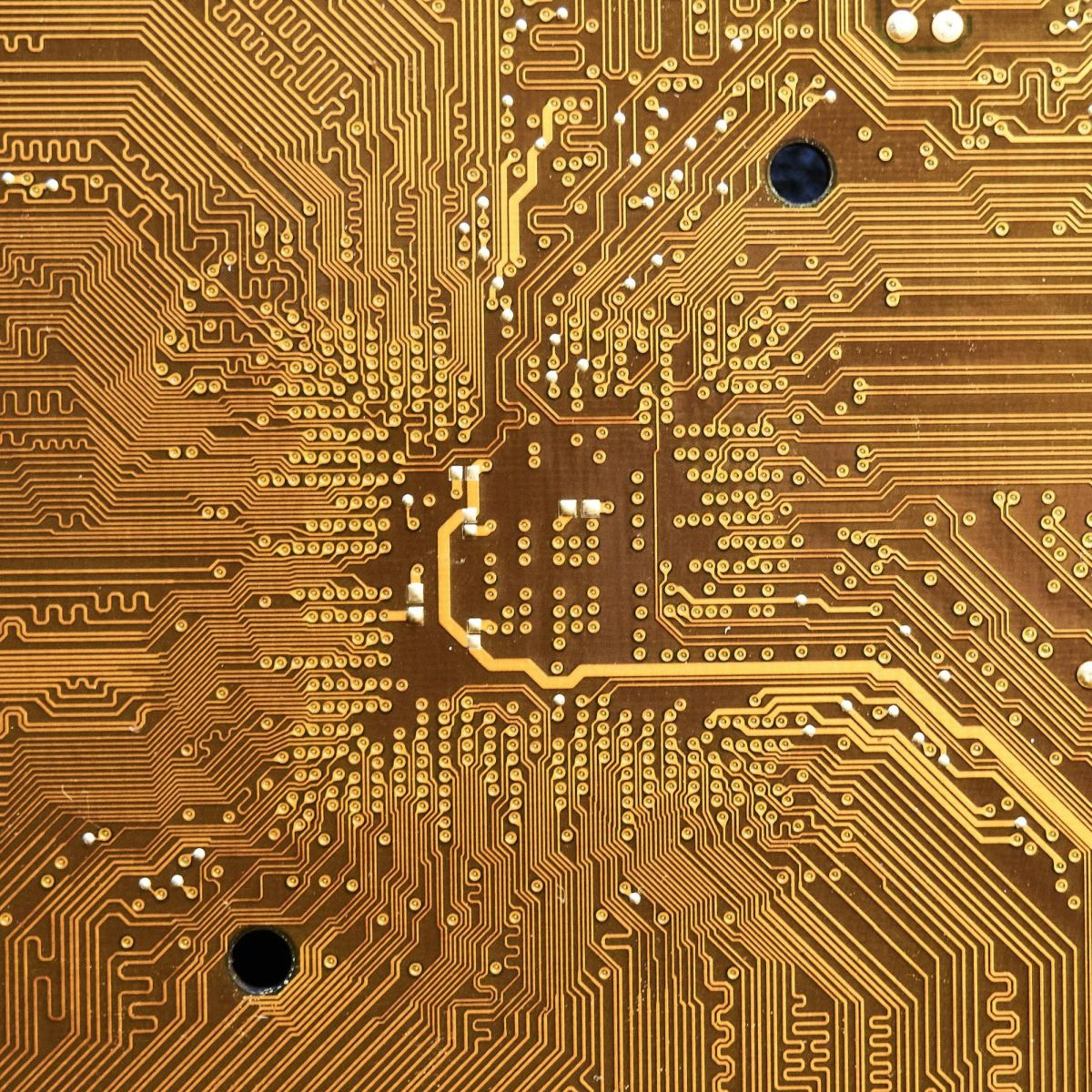On February 15th, 2024, Intuitive Machines launched the U.S.’s first spacecraft to land on the moon in nearly half a century. The moon lander, named Odysseus, took off from NASA’s Kennedy Space Center in Florida and arrived six days later to begin collecting data. However, just as it touched down on the lunar surface, the lander tipped onto its side.
In 2013, Houston-based Intuitive Machines was founded by Stephen Altemus, Kam Ghaffarian, and Tim Crain (Intuitive Machines). Under three contracts with NASA’s Commercial Lunar Payload Services (CLPS) initiative, Intuitive Machines sought out to provide means of communication, delivery, and access to the moon. During this time, they began working on their first mission Odysseus, also referred to as IM-1.
With the objective of taking measurements from the south pole of the moon, Odysseus carries five NASA payloads with instruments to study radio astronomy and space weather interactions (NASA). In addition to this, Odysseus looked to study plume-surface interactions, which is the effect that rocket exhaust has on landing surfaces. The results of these experiments will help scientists with NASA’s Artemis program, considering that the ice found in Odysseus’ landing area can be used for acquiring water and fuel (MIT Technology Review).
Because of problems with fueling, the launch of Odysseus was delayed, eventually occurring around 1:00 A.M. local time (NASA). Around an hour later, the spacecraft entered its second stage in which it prepared to enter lunar orbit. Finally, a week later, Odysseus prepared to make contact with the moon.
Although Odysseus was on track to land upright, one of its six legs caught onto the lunar surface and snapped. As the rest of the spacecraft contacted the moon, Odysseus tipped to a 30 degree angle to the horizontal (NASA). A likely factor that contributed to this problem is that the spot upon which Odysseus landed deviated 1 mile from the intended landing spot (Astronomy Magazine). Fortunately, the instruments on the lander were still operational, allowing for many of the mission’s experiments to go on unimpeded.
While estimates predicted that the lander would remain active for another 10 days, Odysseus eventually lost power on February 28th. Despite this, Intuitive Machines and flight controllers will attempt to restart Odysseus in three weeks, utilizing its solar panels to charge drained batteries (Reuters). However, the orientation of the spacecraft may impede its ability to utilize its solar-charging capabilities.
While Odysseus’ landing did not entirely go as planned, the mission marked the U.S.’s return to landing spacecraft on the moon. Additionally, SpaceX’s contribution of a Falcon 9 rocket, and Intuitive Machines’ creation of the lander for NASA’s CLPS initiative highlights the benefits of private companies collaborating with government space agencies. The outcome of Odysseus’ landing may not have worked out as intended, but it is useful in providing insight into improving future space endeavors.









